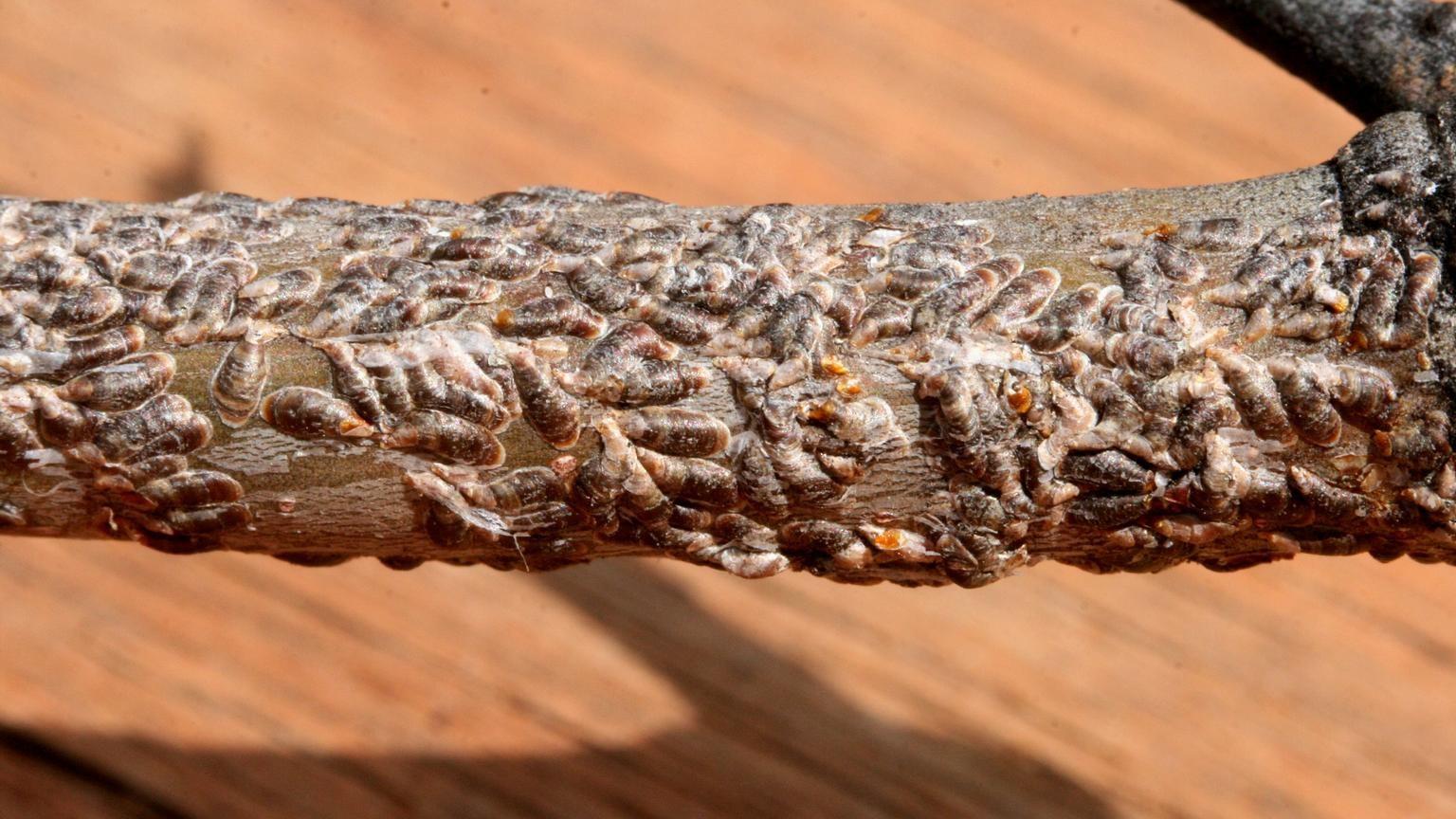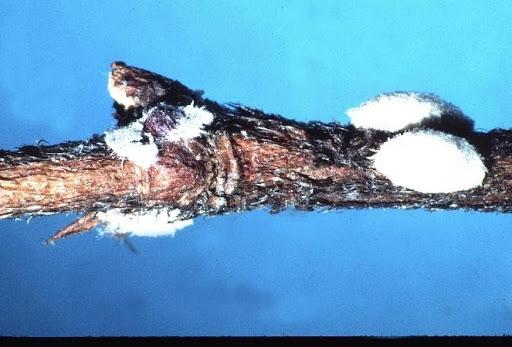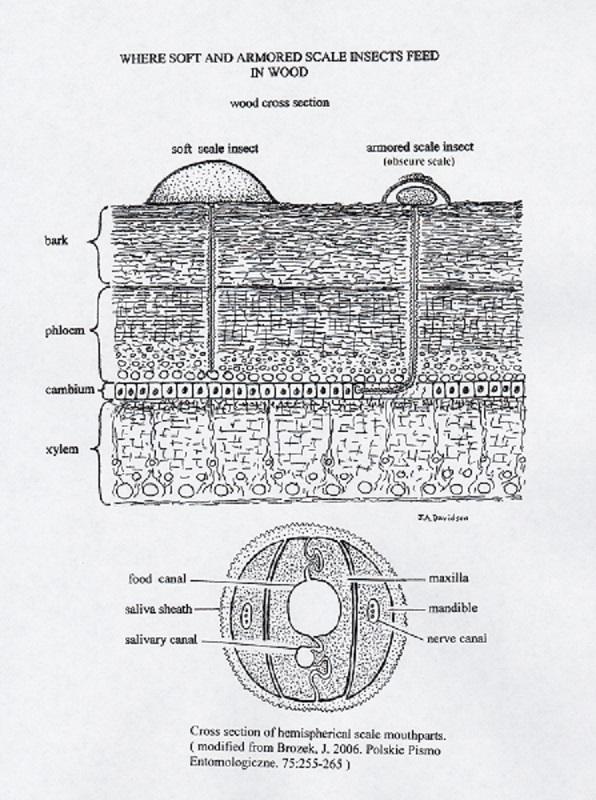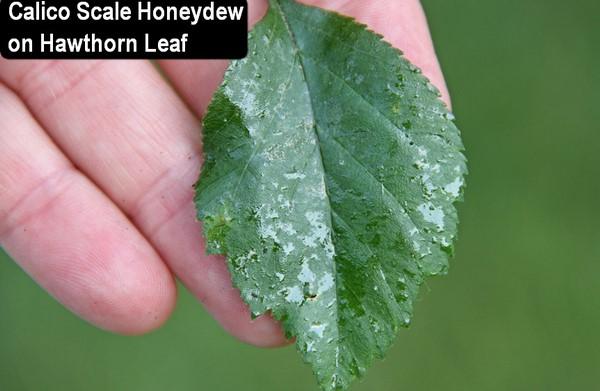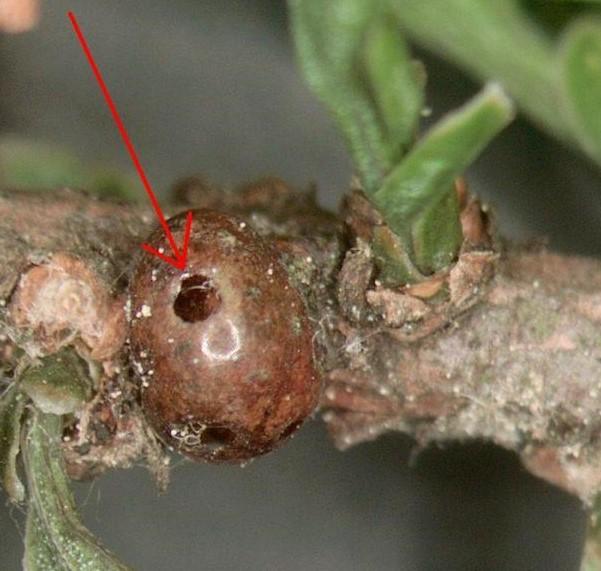Key points
- Considered pests, scale are sucking insects that consume sap or plant cell contents. They are categorized as either armored (hard) scale or soft scale, and this distinction determines the damage they can cause and how they are best controlled.
- Low populations tend to go undetected. High populations can cause plant damage, such as leaf yellowing, plant stunting, or branch dieback. Large numbers of soft scale also contribute to sooty mold growth.
- Understanding their life cycle is key to managing them effectively, with the crawler stage being the most vulnerable to insecticides.
What is scale?
Scale are small soft-bodied insects that cover themselves with layers of either flexible or stiff wax. These covers help them blend into their environment, prevent them from drying out, and hide them from predators. For gardeners, this shield also blocks most contact insecticides from touching the insect itself.
Typical wax colors are brown, gray, or white, though the insect underneath can be more colorful - rosy-red or purplish. Cover shapes are usually round, rice-shaped, or oystershell-shaped, and are often smaller than a third of an inch (8-9 millimeters). Scale enlarge their covers as they grow, though, in some species, male and female covers can be different sizes, shapes, and colors.
Scale are sorted into two main categories:
- Soft scale have a leathery or gum-like pliable wax that stays firmly attached to their bodies. Some will move between leaves and twigs depending on the time of year and their life cycle. They feed on juices in vascular tissues - the sap in the phloem, either under bark or in leaf veins. They excrete honeydew.
